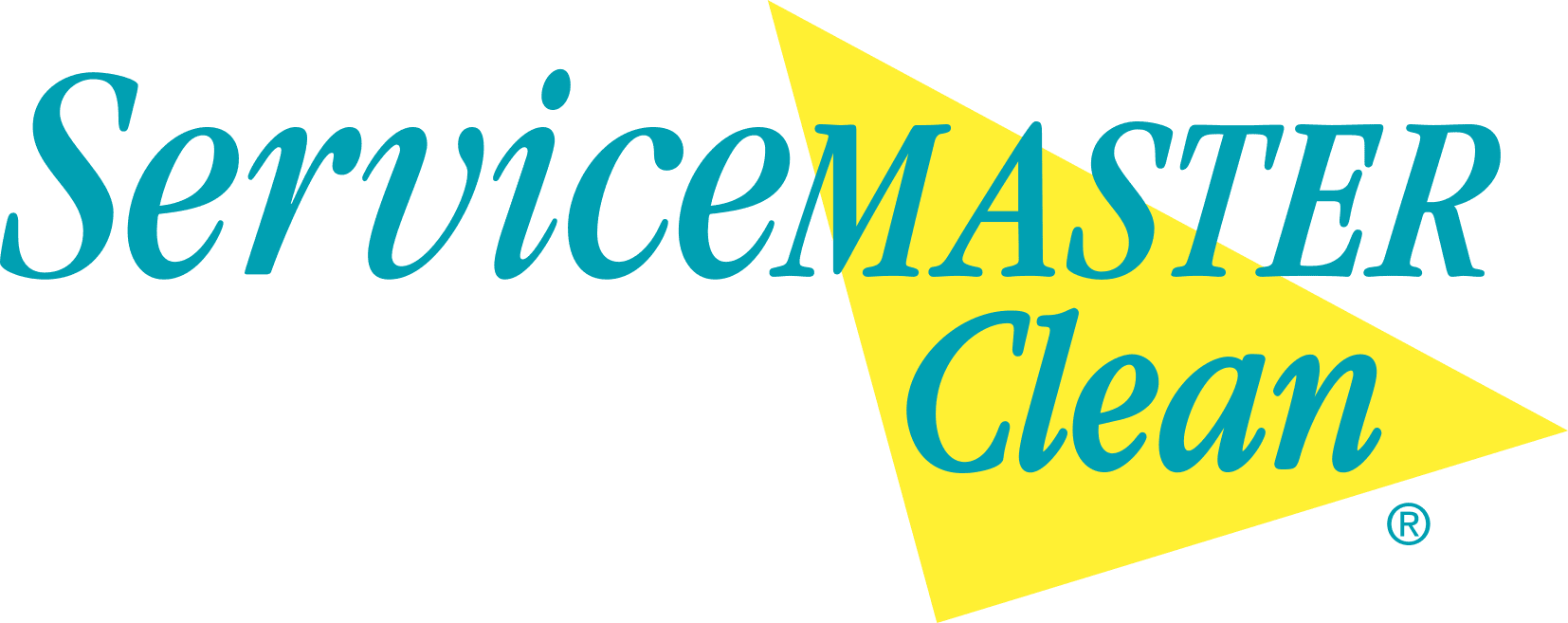Filtration Marks – What Are They?
Filtration marks occur where a gap under the carpet exists allowing air to pass through. This air flow allows the carpet to act like a filter, trapping and accumulating oily, non-soluble airbourne particulates – cooking oils, smoke, vehicle exhaust, dust, etc.
Air flows down walls through cracks in concrete flooring, and crevices, joints in the wood flooring, etc as the building breathes. The more movement of the air there is, the more this occurs. Look for filtration marks in areas with electric baseboard heating, ceiling heat, wood or pellet stoves, HVAC with no air return vent, etc, (perhaps it’s time to c all in a HVAC Company). In any well sealed structure return air must come from somewhere as a vacuum is formed when air is forced out or around a space. This results in the air being drawn through cracks and crevices – sucked in under and around doorways, gaps in the carpet as we mentioned above.
What to do about it?: an alternate source of air return must be made. This can include having a new Fargo air conditioner installed, adding an air vent near to an existing HVAC unit, or leaving a window slightly open so that air can be drawn in from outside rather than sucked in wherever possible.
In buildings with HVAC in the hallways, no vents, or windows to open: install carpet with dark edges near the walls. White carpet or light colored carpet will make this issue highly visible. Or you may be able to enquire about a ventilation system that can reach areas like this with a company in air conditioning repair Denver CO area, because perhaps your AC is not working properly. You may also want a new updated model to meet your house’s demands.
Cleaning filtration marks will require several steps.
1) Vacuuming to remove loose soil. This needs to be accomplished with an edging wand as normal vacuum attachments won’t get close enough to the wall. Infrequent vacuuming with an edging tool can lend to the development of filtration marks in buildings prone to this problem. Edging must be a frequent part of the vacuuming maintenance process.
2) Several applications of pre-spray and hand agitation may be necessary to loosen the non-soluble materials. The chemicals will need to be worked into the fibers of the carpet to loosen the bonds along the length of the fibers in order to improve the appearance when finished. Thoroughly shampoo and extract the area.
3) Repeat.
This will be a lengthy process, involving a lot of kneeling and hand scrubbing, using edging tools and working the carpet. The appearance will likely be improved, but is likely to remain discolored.
Note: in my personal experience, this will lighten the markings by aprox. 50 – 80%. The longer they are present the more permanent they become.


